Search
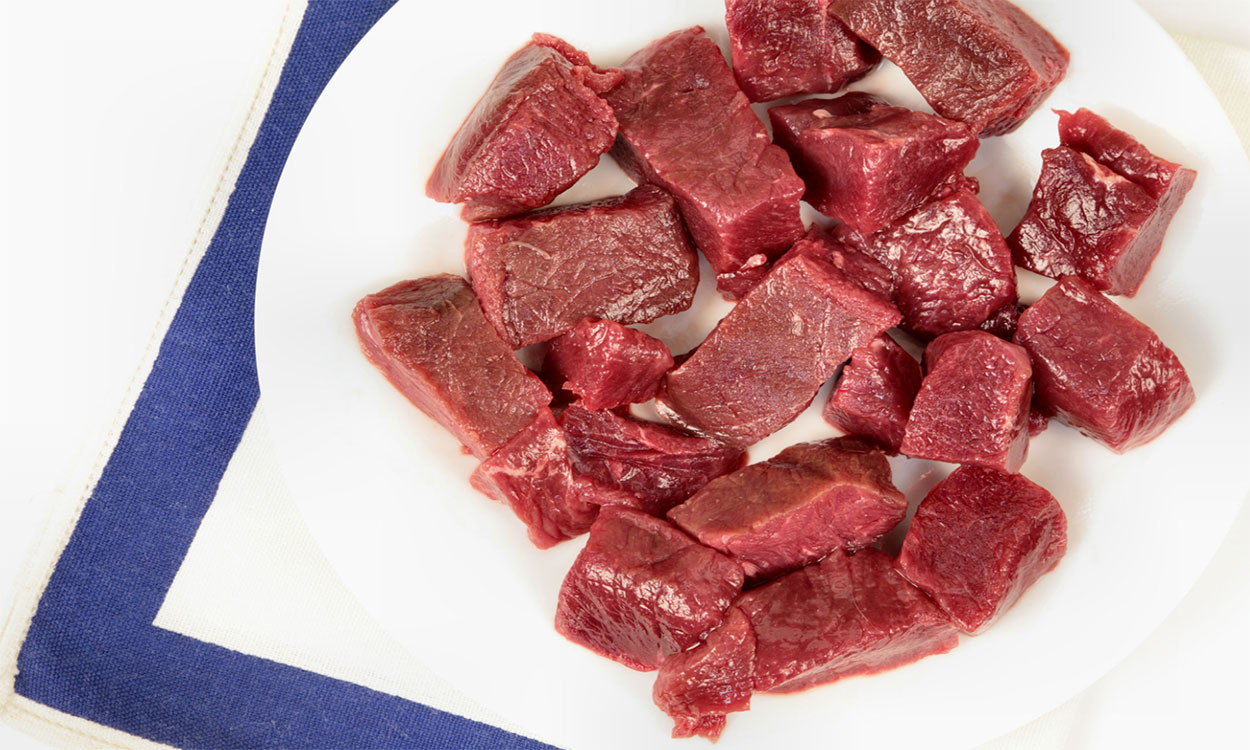
Canning Wild Game
The process for canning wild game is very similar to preserving domesticated animal meat, and it provides a delicious and nutritious way to enjoy wild game well past its hunting season!
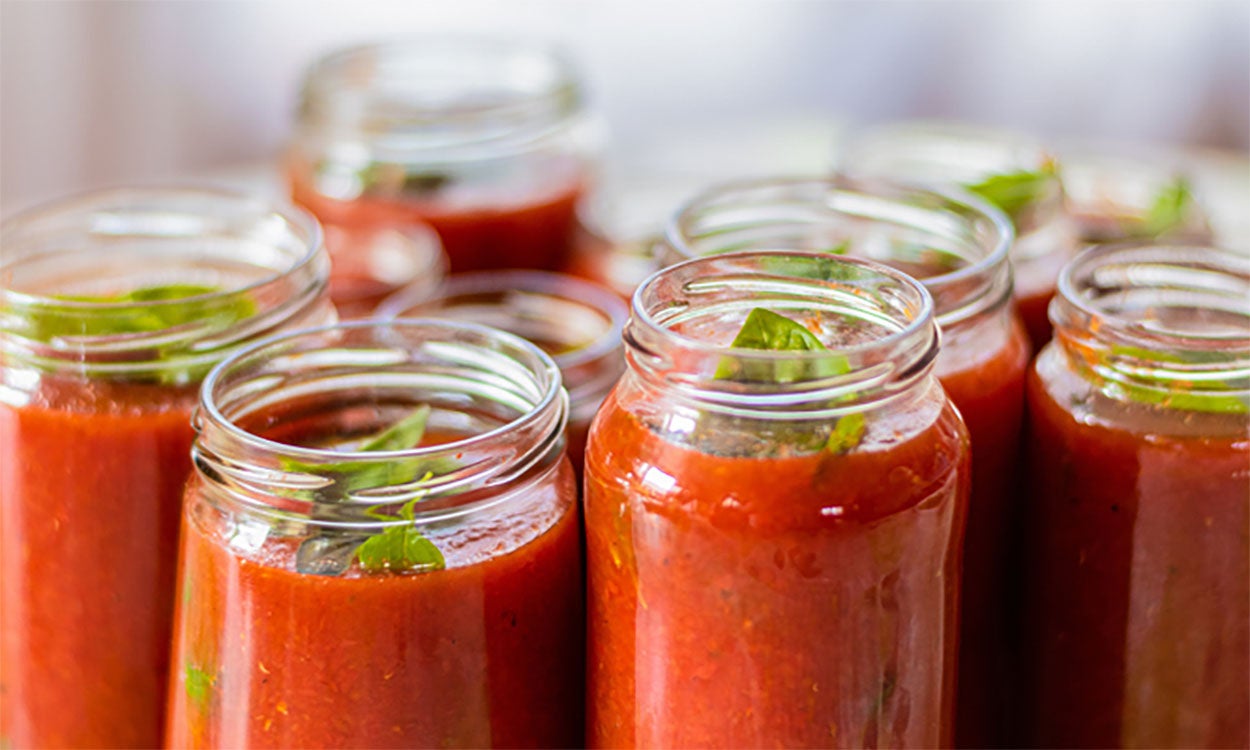
The “Why” Behind Unsafe Canning Practices
When choosing a food preserving method, it’s important to investigate the science behind the process and choose a method that has been researched and proven safe. This is especially important when it comes to canning.

Importance of Evidence-based Food Preservation and Where To Find Information
The key to a safe and delicious product starts with the preservation recipe. View some recommended resources that offer safe, evidence-based recipes and step-by-step preservation method procedures.
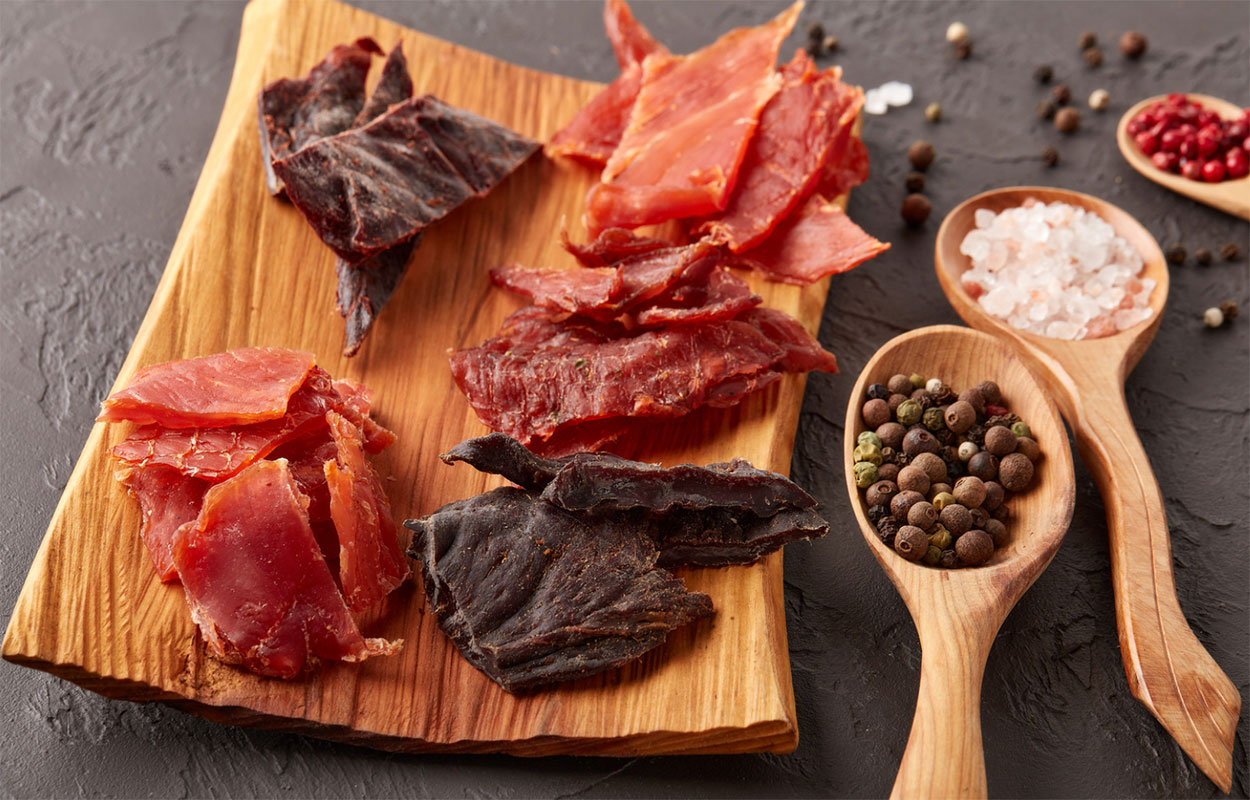
Home-Dried Jerky: Process and Tips
Making jerky is a great way to enjoy a variety of meats for months to come! It requires no refrigeration and can be made from any lean meat, such as beef, pork, bison and venison.
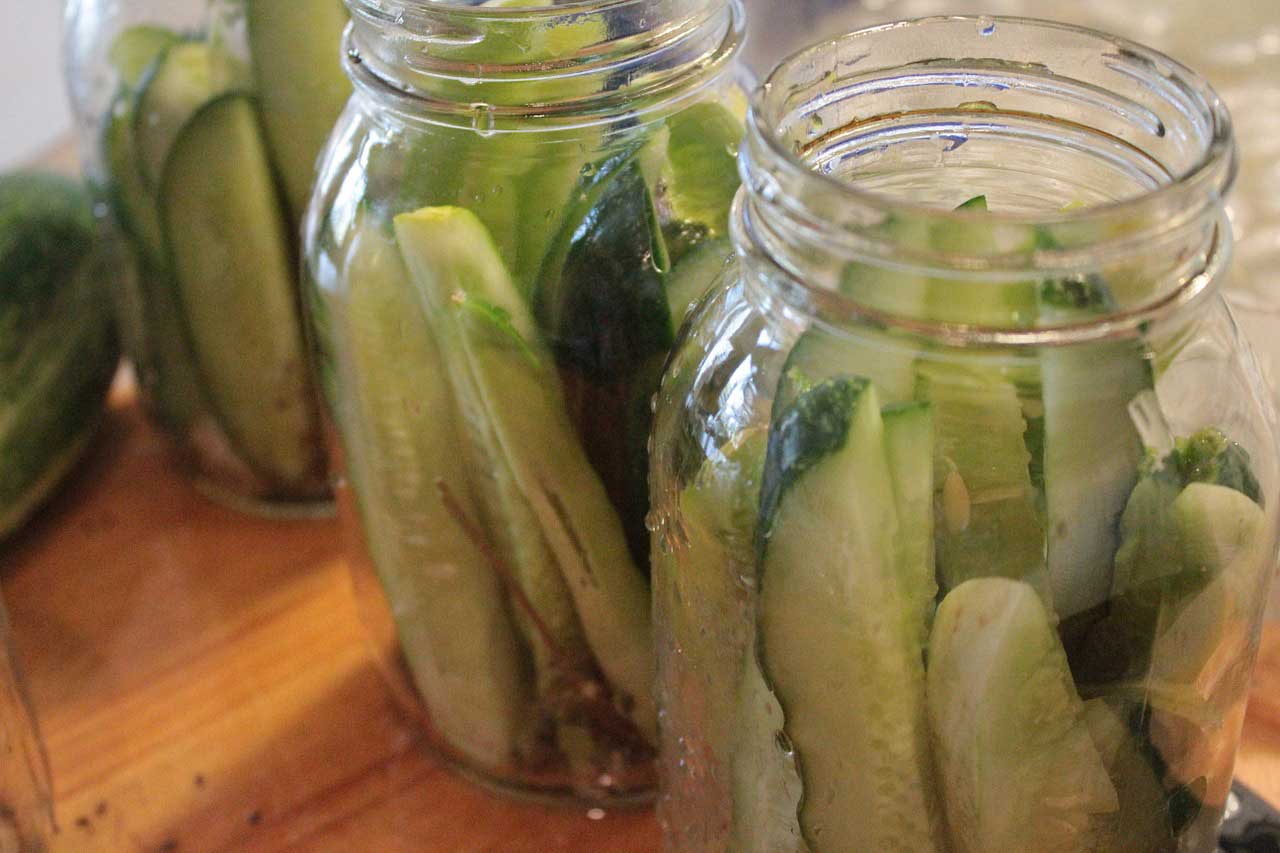
South Dakota Cottage Home Processing Food Safety
The Cottage Home Processing Food Safety course serves as the approved food safety training for HB1322.
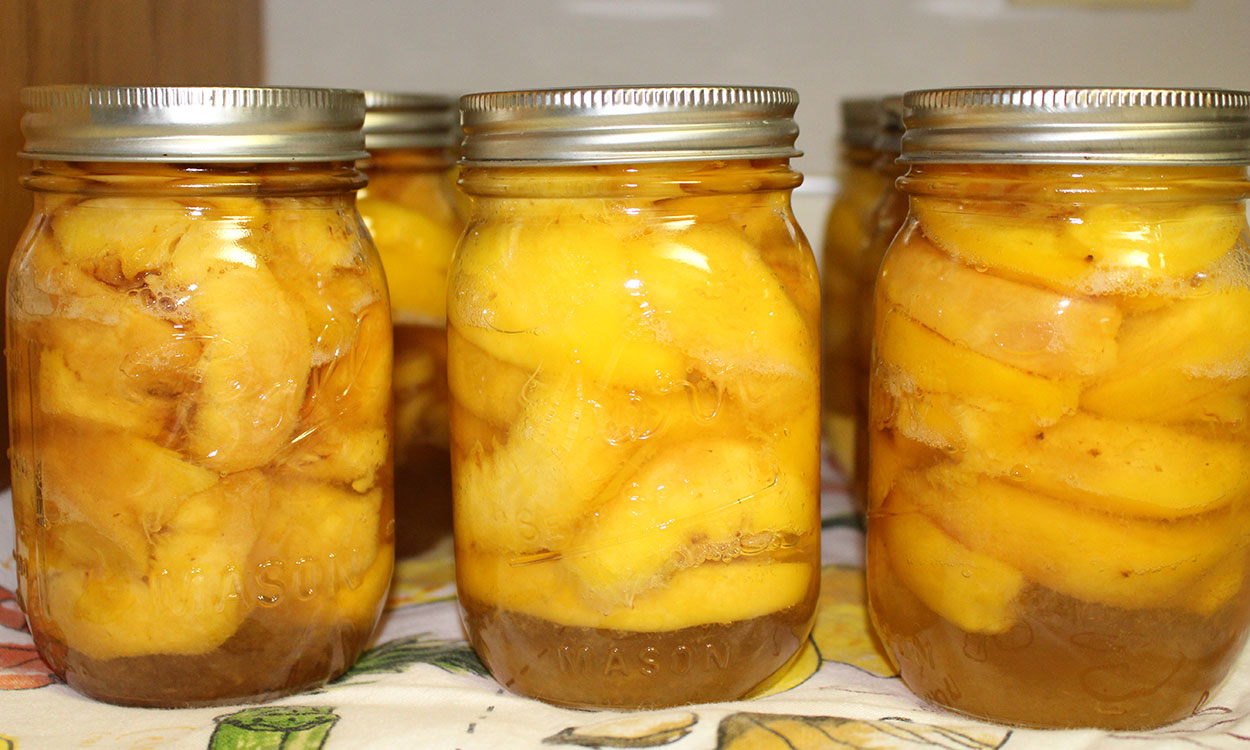
Choosing a Liquid for Home-Canned Fruit
Interested in canning fruit at home? Learn some expert tips for selecting the proper liquid for your canning objectives.
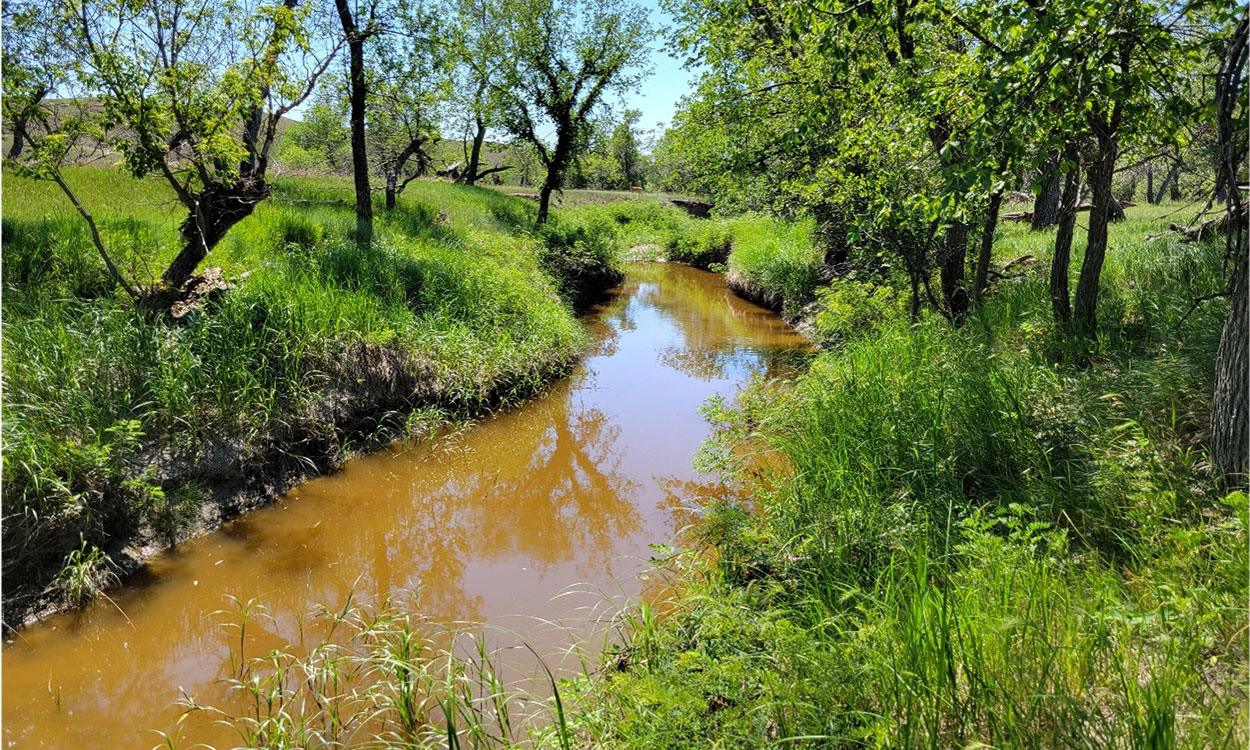
Ranching and Prairie Streams: Why Riparian Areas Matter
For many producers, riparian pastures are essential to their operations. However, land managers need to balance grazing and utilization needs with riparian health for the long-term benefit of their operation.

Water Use by Plant Stage
Over the growing season, solar radiation, air temperature and plant size are the dominant factors in determining evaporative demand and the rate of water use by wheat. Water use can vary dramatically on a day-to day basis, depending on climate and wheat health.
Saturated Buffer for South Dakota
Saturated buffer fact sheet for producers, tile drainage contractors, conservation professionals, other ag professionals.
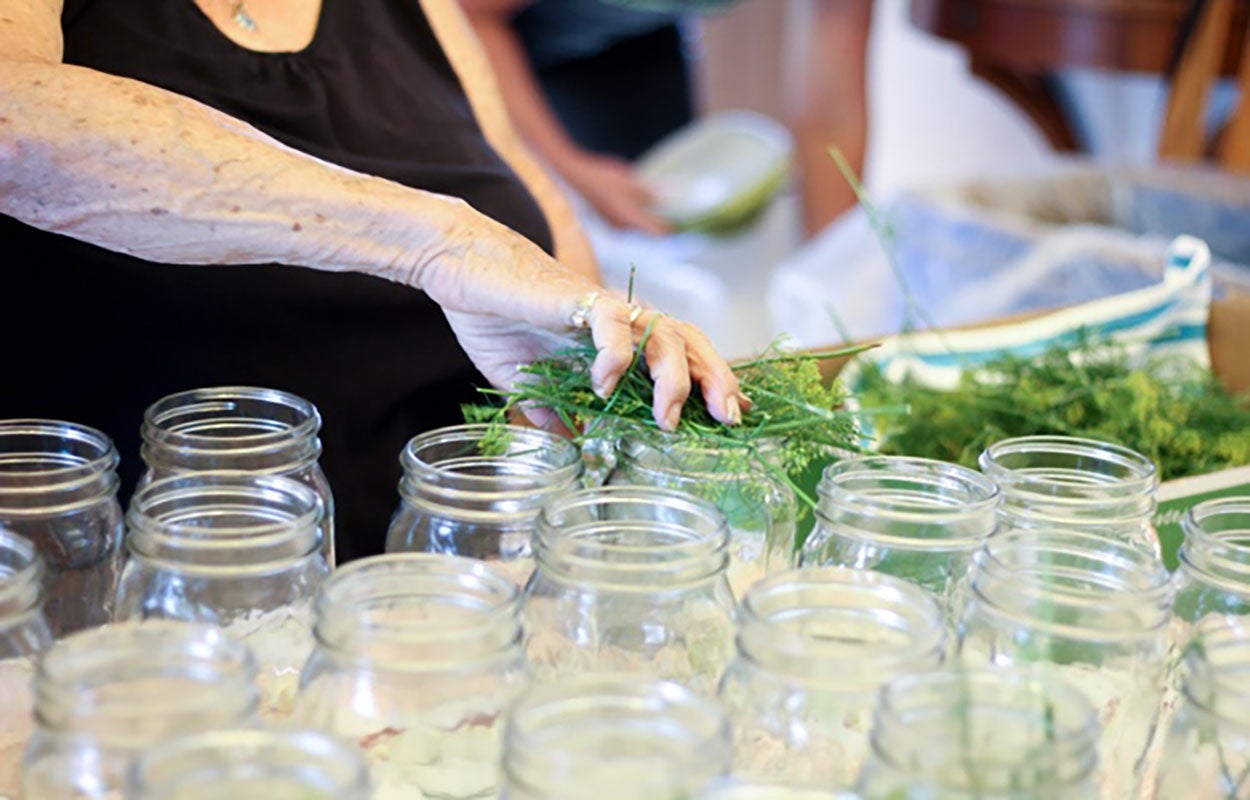
SDSU Extension offers training on updated Cottage Food Laws
October 23, 2023
South Dakota State University is providing training for food processors who would like to sell food products from their homes following updates to the state’s cottage food laws earlier this year.